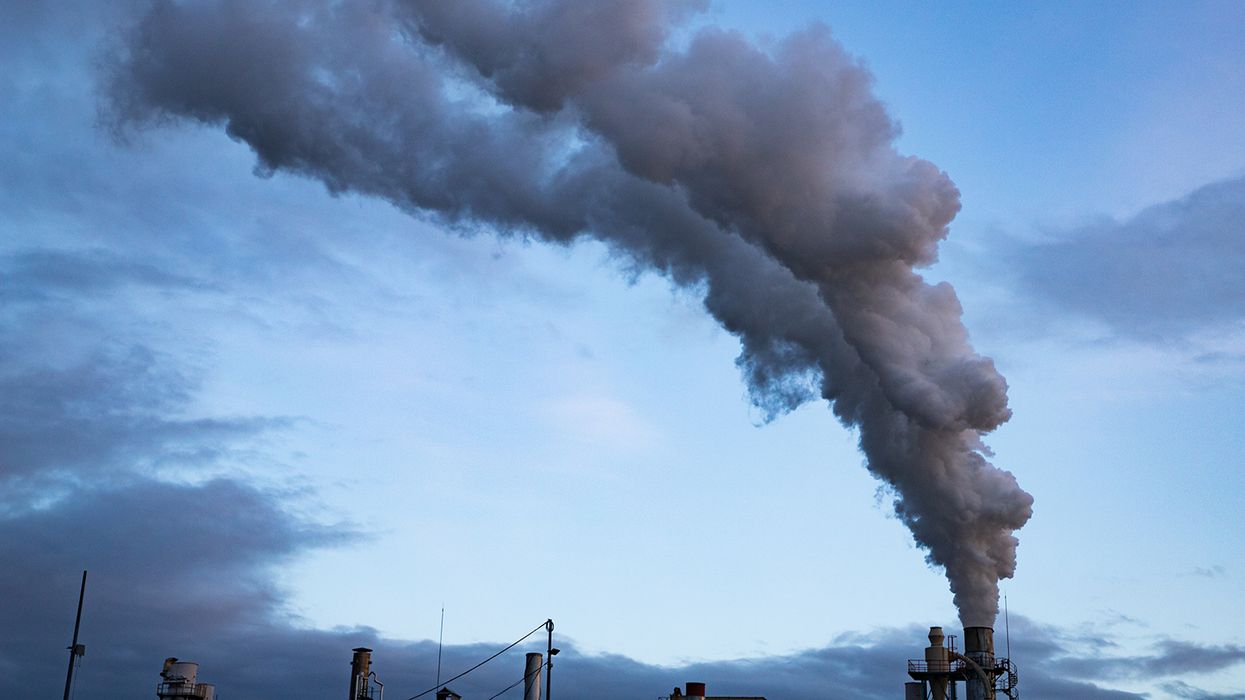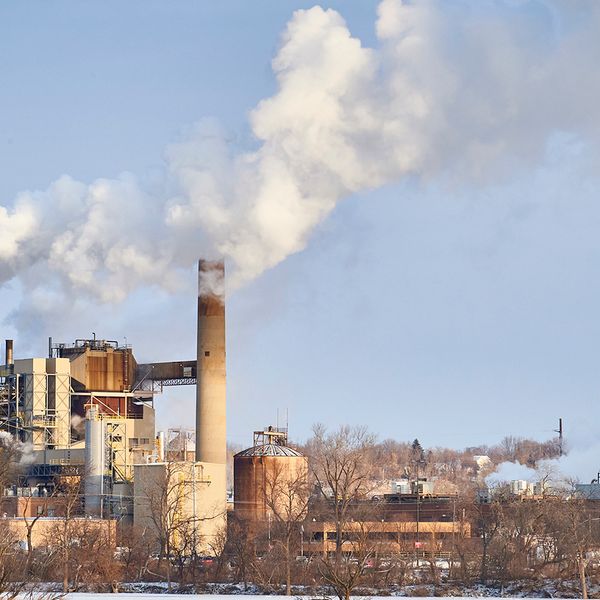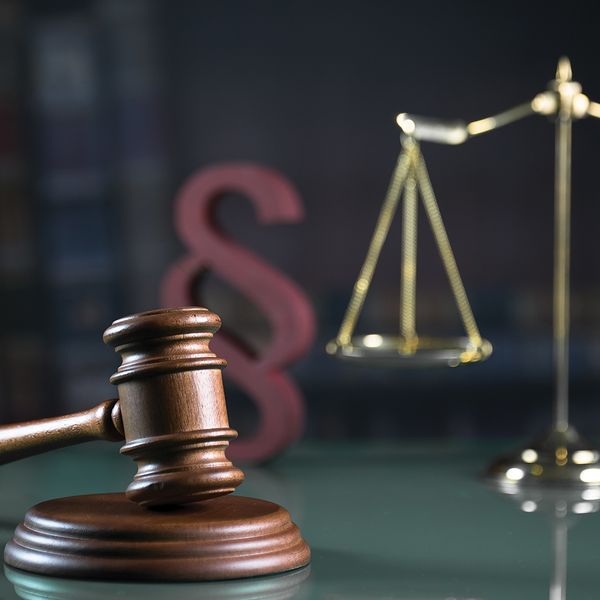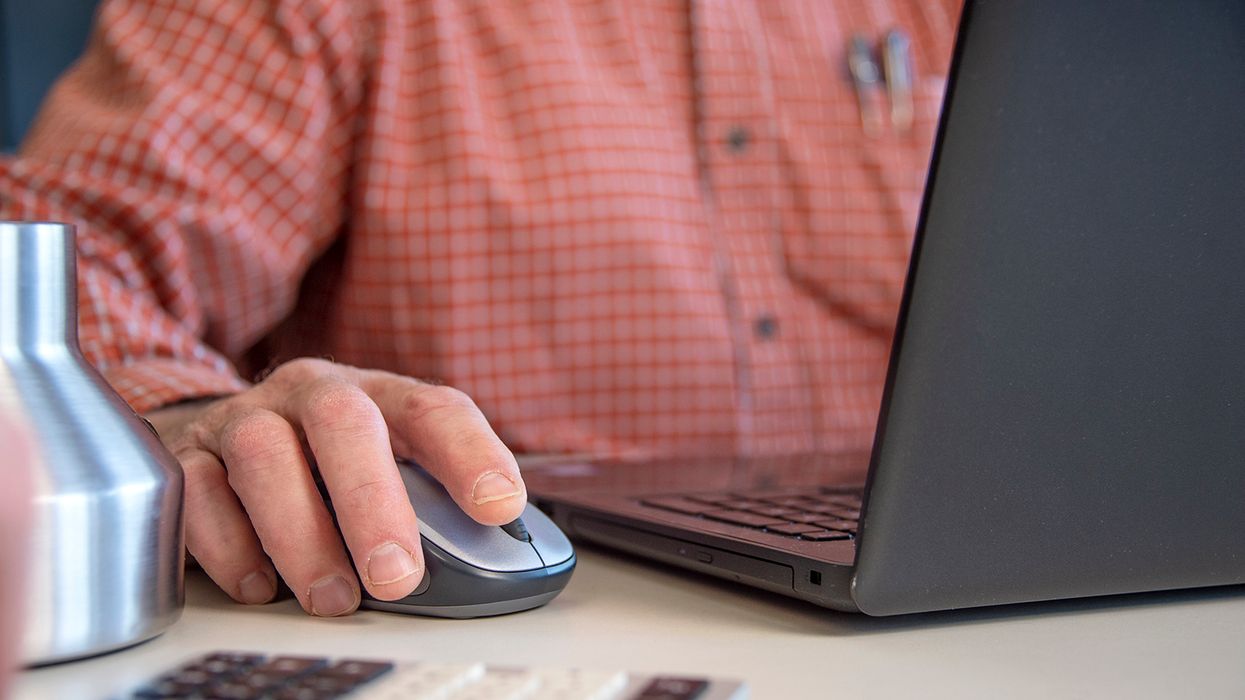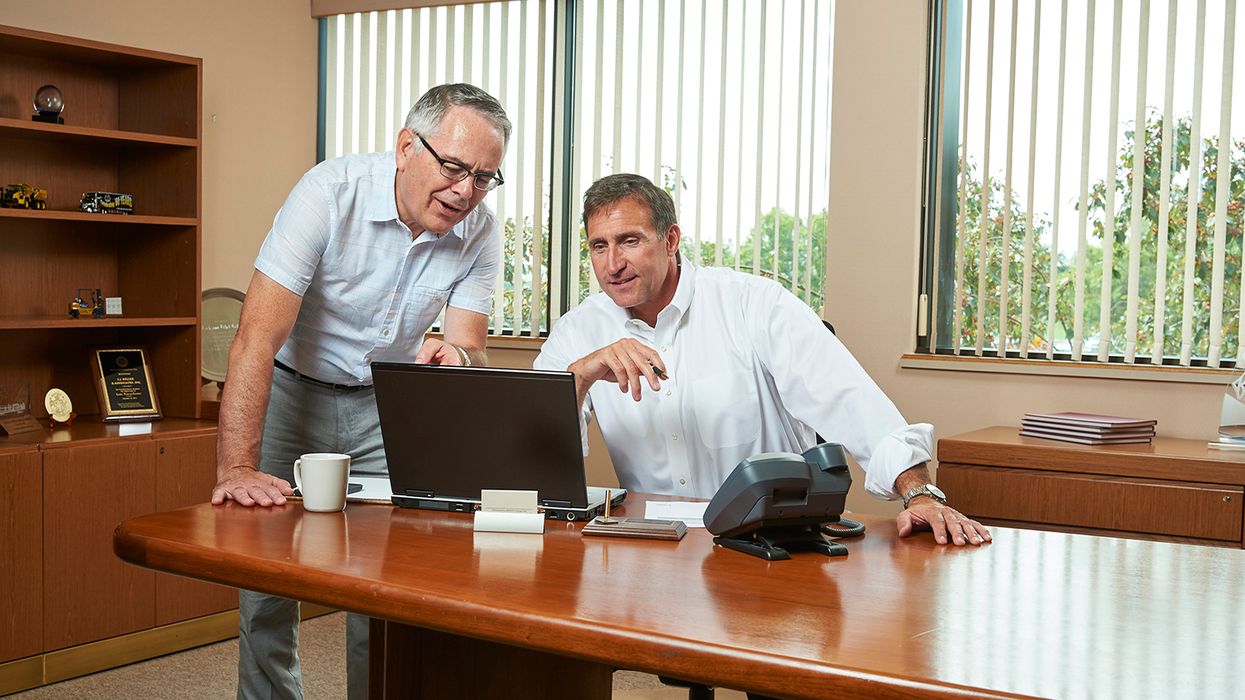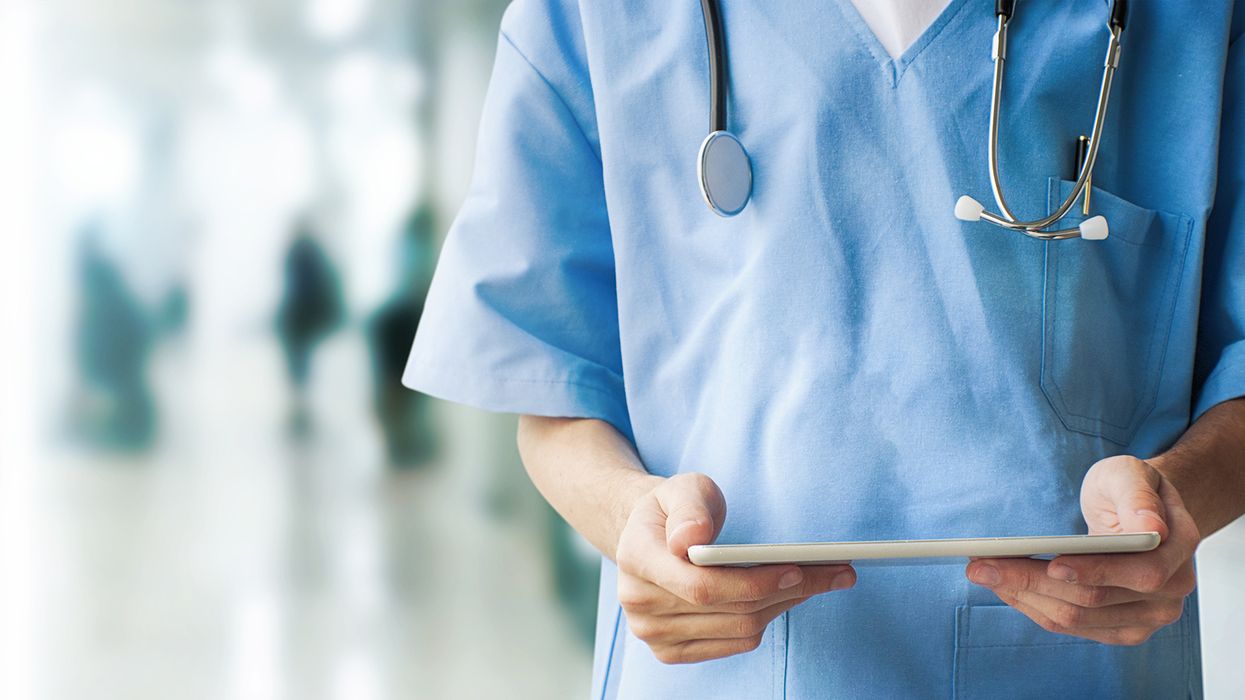Final Good Neighbor Plan aims to reduce air pollution
On March 15, 2023, the Environmental Protection Agency (EPA) announced the last Good Neighbor Plan. It will cut ozone season nitrogen oxide pollution from power plants and other industrial facilities in 23 states by almost 70,000 tons in 2026. This action completely resolves Clean Air Act “Good Neighbor” obligations for the 2015 National Ambient Air Quality Standards for the included states.
Ozone seasons 2023 and 2026
Starting in the 2023 ozone season, power plants in the 22 states will participate in a modified Cross-State Air Pollution Rule ozone season trading program. EPA is basing the initial control stringency on the level of reductions achievable through immediately available measures. These measures include consistently operating emissions controls already installed at power plants. Other reductions will be phased in over several years and reflect emissions levels that could be achieved through installation of new emissions controls.
In the 2026 ozone season, EPA is setting enforceable nitrogen oxide emissions control requirements for certain sources at current and new industrial facilities that have major impacts on downwind air quality and the ability to install cost-effective pollution controls. The standards will impact the following kinds of emission sources:
- Reciprocating internal combustion engines in Pipeline Transportation of Natural Gas;
- Kilns in Cement and Cement Product Manufacturing;
- Reheat furnaces in Iron and Steel Mills and Ferroalloy Manufacturing;
- Furnaces in Glass and Glass Product Manufacturing;
- Boilers in Iron and Steel Mills and Ferroalloy Manufacturing, Metal Ore Mining, Basic Chemical Manufacturing, Petroleum and Coal Products Manufacturing, and Pulp, Paper, and Paperboard Mills; and
- Combustors and incinerators in Solid Waste Combustors or Incinerators.
EPA expects in 2026 alone, the rule will produce the following health benefits:
- Prevent nearly 1,300 premature deaths,
- Avoid over 2,300 hospital and emergency room visits,
- Decrease asthma symptoms by 1.3 million cases,
- Avoid 430,000 school absence days, and
- Avoid 25,000 lost workdays.
After taking costs into account, the net benefits would be $13 billion each year from 2023 to 2042. The lower smog levels will improve visibility in parks and increase protection for ecosystems.
Key to remember: The Last Good Neighbor Plan will cut ozone season nitrogen oxide pollution from power plants and other industrial facilities in 23 states by almost 70,000 tons in 2026.

